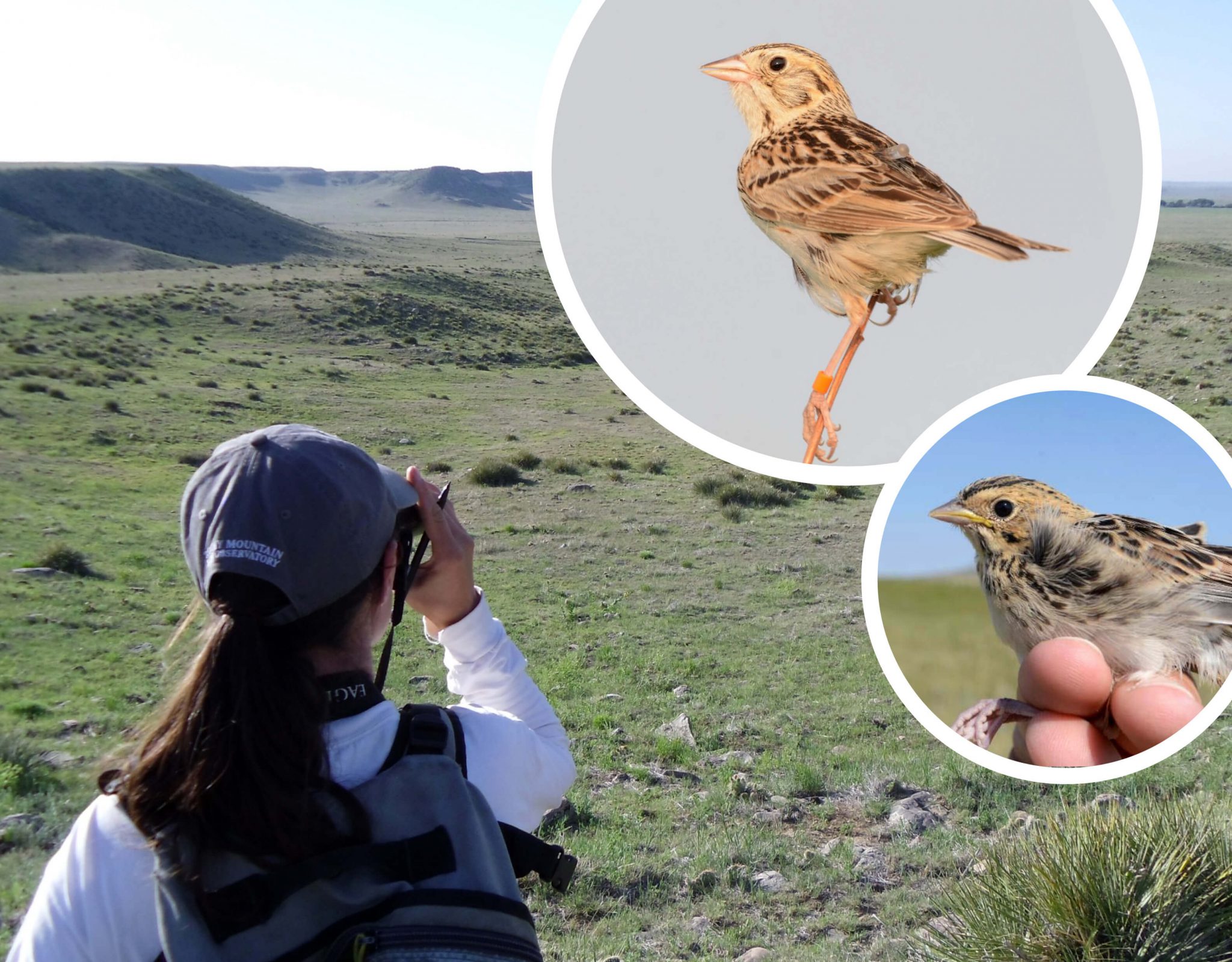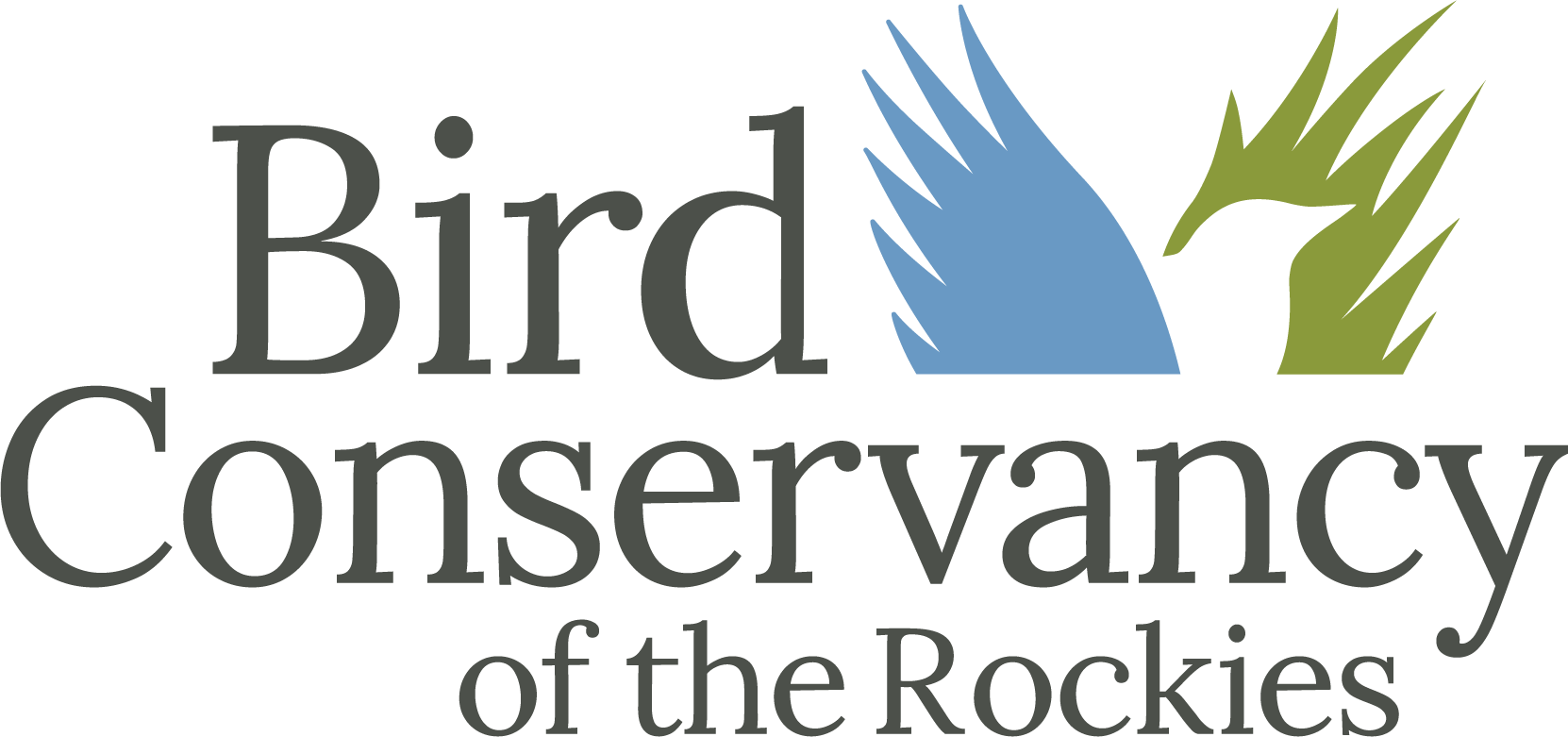The cultural heritage of those that tend the land and call it home—from ranchers to Indigenous Peoples to ejidos—is closely tied to the fate of grasslands. Rural communities and economies depend on healthy grasslands and the services they provide which include aquifer recharge, productive rangelands, outdoor recreation and more. Despite their importance, the plight of grasslands has been largely overlooked, but a new initiative has launched which aims to chart a better future for this precious resource.
The Chihuahuan Desert population of Northern Aplomado Falcon shrunk dramatically a century ago and was lost from the southwestern U.S. A tiny population survived in Mexico, but its continued survival is tenuous due to habitat loss and other factors. A tri-national partnership is monitoring this population’s breeding success and conducting a demographic study that includes satellite telemetry of juvenile falcons. What we are learning is guiding conservation and helping gain support from private landowners on the ground. The recent appearance of a young male falcon in New Mexico fosters hope that the Northern Aplomado Falcon might even be able to someday recolonize the Southwestern U.S.
The grassland ecosystem of North America is home to some of the fastest-declining species of birds. Sustainable ranching practices are a vital part of the grasslands story — past, present, and future. That’s why Bird Conservancy of the Rockies invests in land stewardship efforts on working lands. Together with private landowners, we are partnering to conserve, restore and revitalize healthy prairie landscapes for the benefit of people and wildlife communities across the Great Plains.
In a landscape where water is scarce and margins are slim, agriculturalists are leading the way to find innovative and collaborative conservation approaches. These folks are the boots on the ground, taking voluntary action and making tangible changes to achieve sustainability for future generations of people and birds.
The Sprague’s Pipit is a charismatic songbird of North American grasslands. If you’ve ever wandered the Northern Great Plains in summer, you’ve probably heard their sweet song, and maybe even seen their high-altitude aerial displays which can last for hours. One of many fast-declining grassland bird species, we’re urgently working to learn more about the life cycle of the Sprague’s Pipit so that its song can continue to be enjoyed for generations to come.

Join Bird Conservancy of the Rockies’ Community and Outreach Biologist Erin Youngberg as she shares news about avian conservation and research efforts at Soapstone Prairie Natural Area. Erin will reveal some exciting trends from over 10 years of studying birds in this special landscape.
We continue our conversation with Wyoming ranchers Marilyn Mackey and Tom Reed about family heritage, the influence of the oil and gas industry, changing conservation practices, and challenges facing the future of ranching in rural America. In today’s post, they share their perspectives about sustainable management approaches, and why they love what they do. Part 4 of a 4-part series.
In part 3 of our 4-part story, we chat with Wyoming ranchers Marilyn Mackey and Tom Reed about family heritage, the influence of the oil and gas industry, changing conservation practices, and challenges facing the future of ranching in rural America. In today’s post, we discuss their perceptions about how ranching has changed over the years.
Bird Conservancy explores bird conservation as it relates to working lands, which are facing challenges like never before. Interviews with landowners explore family heritage, the influence of the oil and gas industry, changing conservation practices, and the future of ranching in rural America. Part 2 of a 4-part series.
Bird Conservancy explores bird conservation as it relates to working lands, which are facing challenges like never before. Interviews with landowners explore family heritage, the influence of the oil and gas industry, changing conservation practices, and the future of ranching in rural America. Part 1 of a 4-part series.


